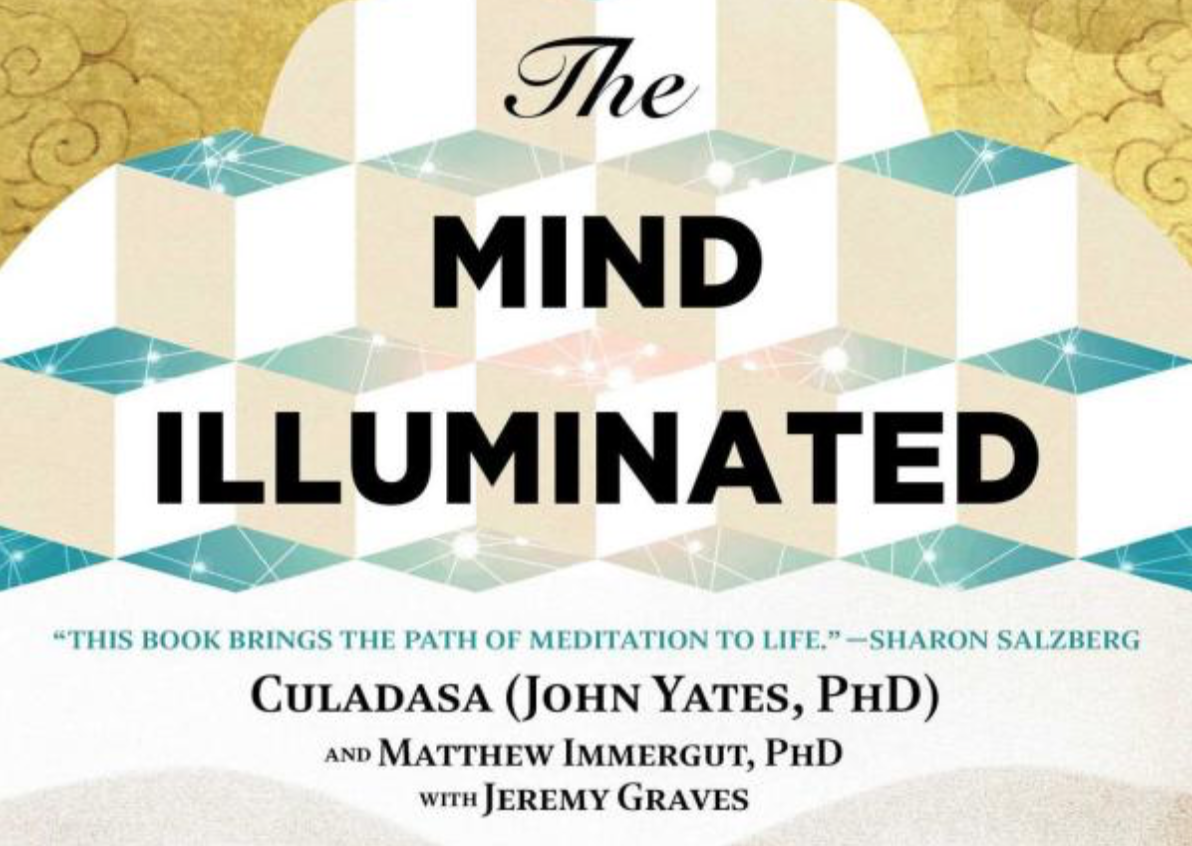Note: I am a student of Culadasa’s. I am in his teacher’s training program and have attended three retreats with him. I wrote this review after attending my first retreat with him and before becoming formally accepted as a student.
This is a review of Upasaka Culadasa’s (John Yates, PhD.) book, “The Mind Illuminated,” that I wrote for Amazon.com in August of 2015. It is presented here with a few minor edits.
I spent ten days at a meditation retreat with Culadasa, his wife, and about a dozen fellow students in July ’15. Culadasa had a few pre-print copies of this book in various stages of editing that he made available to us to refer to during our retreat. I first heard of Culadasa in November ’13, when I attended a friend’s refuge vow ceremony and received teachings from two of his students.
I have given away over 70 copies of this book to friends, family, and colleagues. It is a game changer. I hope that this review will sufficiently explain why I (and other Culadasa students) are so excited about its publication.
From my experience with Culadasa, it seems very clear to me (from my limited perspective as a student) that he has attained and understood the meditative accomplishments that he describes with great clarity in this book. He lovingly shared his wide variety of experiences with his students during his retreat at many stages of the path. He was patient and precise, taking enough time to ensure that each of his students understood his explanation before moving on. His care in meeting his students where they were at and providing insight and useful advice in person is borne out in this book, where he lucidly explains each of ten stages of shamatha-vipassana meditation practice in elegant, crisp, and approachable detail.
I think the biggest challenge with every other meditation instruction I have received to date is to “follow the breath exclusively, and when you lose the breath, come back to it.” What I’ve learned from Culadasa and his students is that this is inadequate instruction that could lead one to meditate for years or even decades without realizing the full benefits. Meditation is relatively simple and easy, but there are obstacles that can be overcome with judicious use of “antidotes,” and different stages of practice require slightly different approaches. These stages are not experienced linearly, but nevertheless it is useful to know where you are at a given moment and gently adjust the technique.
In addition to describing ten stages of shamatha-vipassana meditation practice, Culadasa also presents an extraordinary model for how the mind functions. Although I am still a novice meditator, I can see how this model describes the activity within my mind and have found it both interesting and useful.
The thing that I find so extraordinary about this book is that it is written and reads like a well-written college-level textbook. This means that the book describes very complex and difficult subjects in a way that is highly accessible to the millions of us who have been blessed with a college education. Most of the meditation and buddhism books I have read are filled with impenetrable jargon in which the meaning of each word is opaque but central to the teaching. Culadasa, Matthew, and Jeremy have done an extraordinary job writing a book on meditation that is accessible to those that have little or no exposure to Buddhism in general. The book’s illustrations further serve to make challenging concepts straightforward.
I feel deeply humbled, blessed, and grateful to have access to these extraordinary teachings. May these teachings spread far and wide so that all beings may be free from suffering and ill will, so that all beings may be filled with loving kindness and happiness.

Leave A Comment